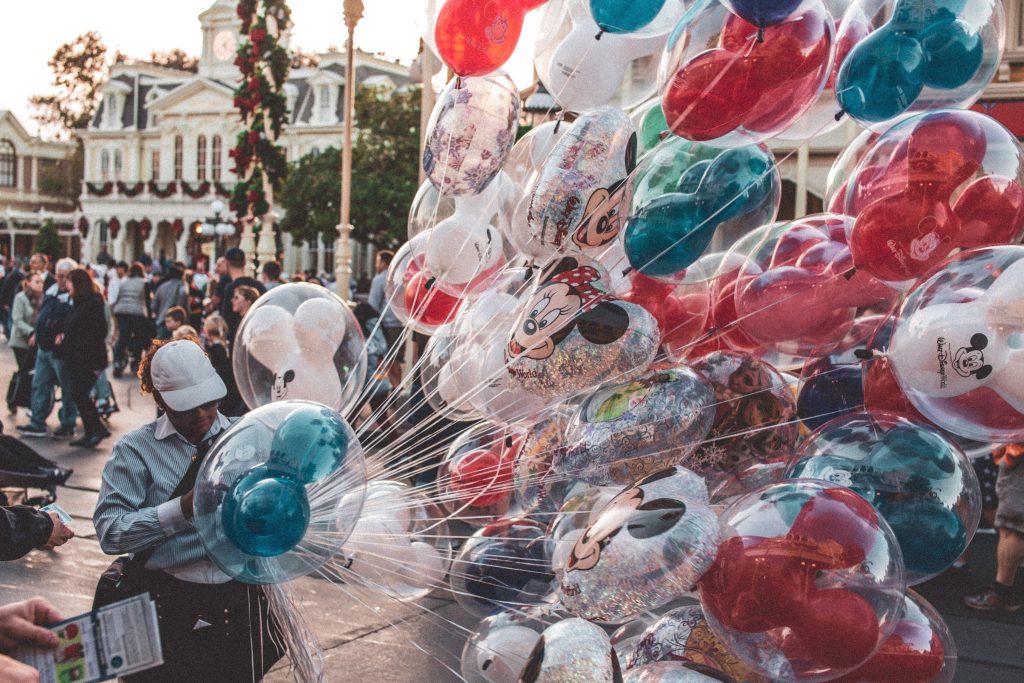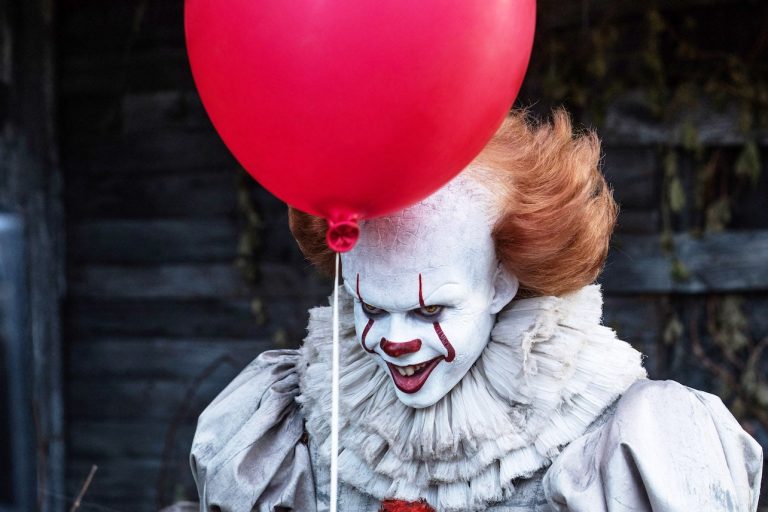The Good and the Bad of Disney’s Efforts to Overcome Its Racist Past
The Walt Disney Company, founded in 1923, continues to be portrayed as the place to accomplish one’s dreams and live happily ever after. However, the company has historically harmfully represented minority groups. While it has actively taken strides to address the effects of systemic racism on People of Color (POC), it must do so without hiding from its past.

The Disney Company has a troublesome history of racism and lack of inclusivity, starting with the creation of Mickey and Minnie around blackface minstrel performers. The issue continued into the various Mickey Mouse short films from the 1920s into the 1950s. Movies by the company, such as Dumbo (1941), Songs of the South (1946), Peter Pan (1953), Aladdin (1992), and Pocahontas (1995), have been called out for harmful cultural and racial stereotypes.
Diversity in the Walt Disney Company
Disney’s Workforce Diversity Dashboard presents the diversity of Disney employees in the 2021 fiscal year. The breakdown shows that 50% of workforce employees are women, while 46% are People of Color (POC), with 27% Hispanic, 8.6% Black, and 7.4% Asian employees. 50.9% of overall employees are white.
In executive positions, 43% are women, and 25% are POC, with Asians at 10.2%, Hispanic at 6.3%, and Black at 6%. Representation of women and POC is greater in lower positions.
Issues on Inclusivity and Diversity
Segregated Groups
The Reimagining Tomorrow initiative has come under fire for creating “affinity groups” for minority employees. The Latino group is called “Hola, The Asian group is called “Compass,” and the Black group is called “Wakanda.” Called the Business Employee Resource Groups (BERGs), in practice, the company divides employees into racially defined groups. The BERGs meetings have in attendance white executives on behalf of the higher-ups. However, the initiative, explained in more detail below, has given individuals from different cultural and racial backgrounds the ability to feel part of a smaller community within the giant Disney corporation.
Films on Disney Plus
There are countless examples of Disney’s film repertoire with a racist connotation. No film is as resoundingly problematic as Songs of the South. This film undermines the enslavement experience by showcasing a positive relationship between the master and his slave. The company has entirely banned this film; its only reminder stays in the soon-to-be-replaced Splash Mountain attraction. Disney’s CEO Bob Iger says that including this movie on Disney + “wouldn’t necessarily sit right or feel right to a number of people today.”
While this is true, Disney has also chosen to keep other works on the streaming platform, such as Peter Pan, The Aristocats, and Dumbo, with a content warning at the film’s beginning. Disney must ensure that it does not hide from its racist past. While it should omit any form of racism from its platform, it should do so without intending to ignore its past actions blatantly.
African Americans in Recent Work
Disney has been more open to representing African Americans in their work. They did this through films like Princess and the Frog and Soul. However, the common theme in these films is the character’s transformation into a frog or a green glob; they spend most of the movie in this form. Princess and the Frog is based on the idea that Tiana and Naveen (the main couple) want to become humans and befriend an alligator who dreams of being human. The concept of African Americans working to gain their humanity stems from the issue of racism and perpetuates harmful stereotypes.
How is Disney Promoting Diversity and Inclusivity?
In the wake of the Black American killings in 2020, The Walt Disney Company issued the “Reimagining Tomorrow” initiative. It includes a “white privilege checklist” for employees to reflect on their privilege and learn about systemic racism against their colleagues. Disney has been training employees on the “Critical Race Theory,” focusing on antiracism, microaggressions, implicit bias, etc. Due to its emotional consequences, the initiative will inspire employees to further educate themselves rather than relying on their black colleagues. The focus of this training is for employees to focus on “equality of outcomes” rather than “equal treatment.”
In 2021, the company also changed the “Disney Look” to allow employees more freedom to express their cultures. Disney Park’s most significant move was to replace Magic Kingdom’s Splash Mountain, inspired by the film Songs of The South, with a Princess and the Frog-themed ride. Disney is also providing more opportunities to Historically Black Colleges and Universities (HBCUs) students and provide resources to advance underserved communities’ opportunities.
Disney has also pushed for inclusive storytelling to broaden the representation of different races, cultures, genders, sexual orientations, etc. Some of the company’s recent work is in films such as Encanto, Raya and the Last Dragon, Black Panther, Falcon and the Winter Soldier, Soul, and Moana. Disney’s most recent film, Lightyear, has come under fire for including a same-sex kiss.
Overall, Disney has been pushing to address the issue of systemic racism and advocating for more diversity in their themed parks and films. Despite their efforts, Disney has to ensure it does not hide its racist past and continues to actively take feedback from its employees to strive for more inclusivity in the future.


